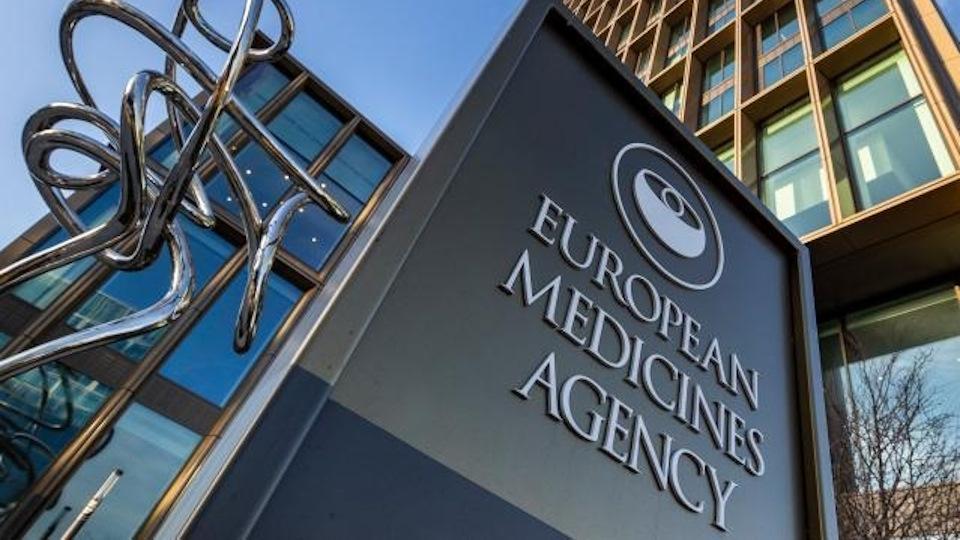EMA and FDA aim to slash Gaucher disease R&D costs

US and European regulators want to promote the development of drugs for paediatric Gaucher disease, moves which could also apply to other rare diseases in children.
The collaborative approach aims to make drug development in Gaucher disease (a rare lysosomal storage disorder) more efficient, and the FDA and EMA believe this approach could become a template for other rare disease drugs.
The move is designed not only to make orphan drug R&D faster and cheaper for pharma, but also thereby helping to cut costs for healthcare systems.
A strategy document from the European Medicines Agency and FDA envisages two key methods of reducing clinical trial work to encourage research into new treatments.
They propose extrapolation of available clinical data, including through appropriate modelling and simulation techniques, to predict how a medicine may work in children and adolescents on the basis of studies conducted in adults or other paediatric populations.
Development time and costs could also be cut by testing safety and efficacy in a single trial.
'Multi-arm, multi-company' clinical trials could also be used, whereby one control arm is compared to more than one medicine.
As well as saving time and money, this approach is more ethical as it reduces the number of children included in trials and reducing the burden on children and their families.
However there is likely to be significant resistance to these last plans on commercial grounds, with companies unlikely to give up complete control of their clinical trials.
The FDA and EMA encouraged pharma companies to seek scientific advice before taking this approach, either separately or using a parallel process producing a co-ordinated response from both regulators.
In the fourth quarter of this year, the EMA is aiming to publish a paper outlining scientifically sound and reliable ways to extrapolate data to support drug development.
The result of an extensive consultation exercise, the document is available on the EMA’s website.
One of the chief reasons for this push from the regulators is the very high cost of orphan drugs. Evaluates Pharma's Orphan Drug report of 2017 says the average cost of one of these drugs in the US is currently $140,443. The report also forecast that orphan drugs are set to make up 21.4% of worldwide prescription sales by 2022 (excluding generics), a steep rise which will put pressure on healthcare budgets.
EURORDIS, a European organisation representing patients with rare diseases, earlier this year called for development of more rare disease drugs, and for them to be made available at much lower prices.













